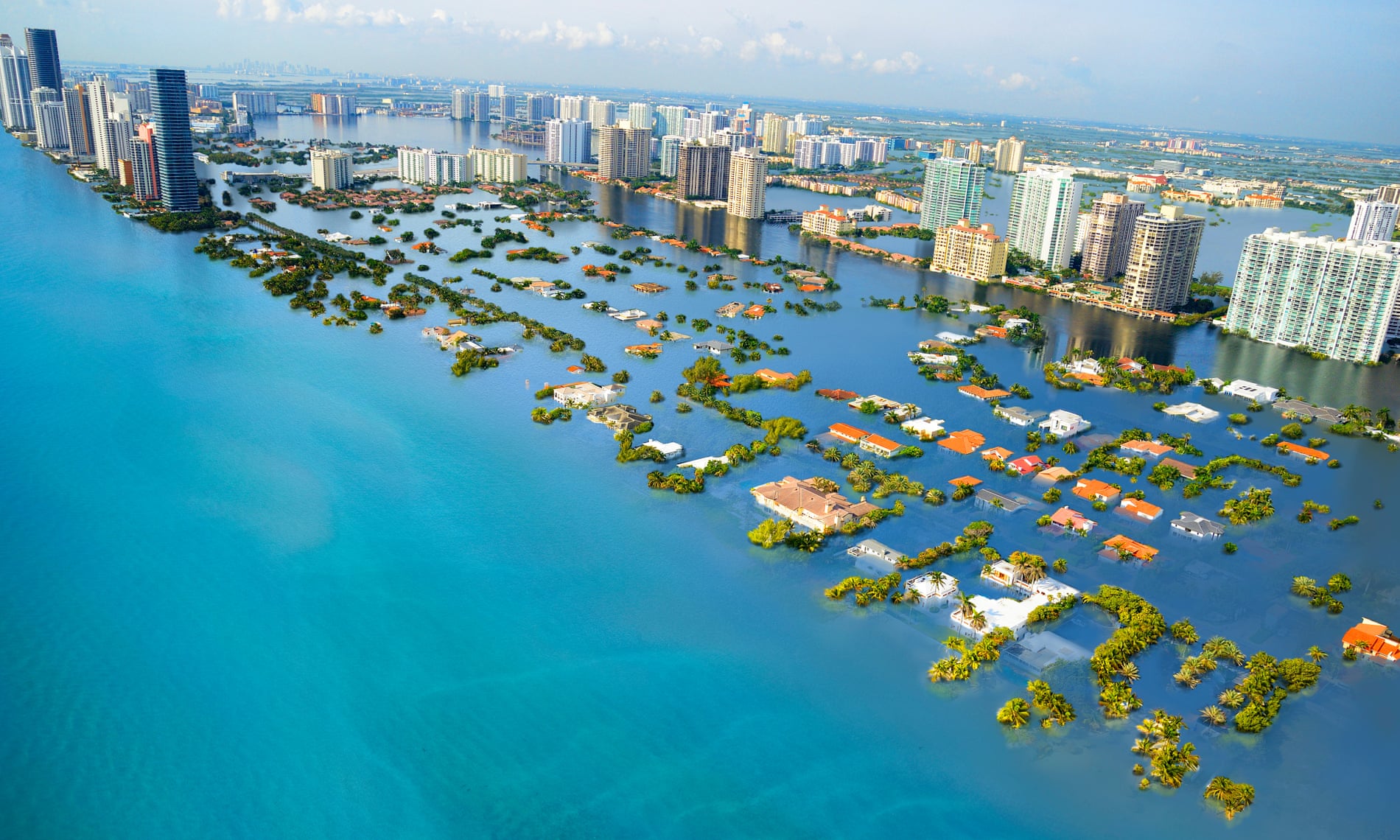
How South Beach, Miami, could look if temperatures rise by 2C. Photograph: Nickolay Lamm/Courtesy of Climate Central/sealevel.climatecentral.org
As the UN sits down for its annual climate conference this week, many experts believe we have passed the point of no return
theguardian.com - by Robin McKie - December 2, 2018
On Sunday morning hundreds of politicians, government officials and scientists will gather in the grandeur of the International Congress Centre in Katowice, Poland . . . For 24 years the annual UN climate conference has served up a reliable diet of rhetoric, backroom talks and dramatic last-minute deals aimed at halting global warming . . .
. . . As recent reports have made clear, the world may no longer be hovering at the edge of destruction but has probably staggered beyond a crucial point of no return. Climate catastrophe is now looking inevitable.
(CLICK HERE - READ COMPLETE ARTICLE)
Recent Comments